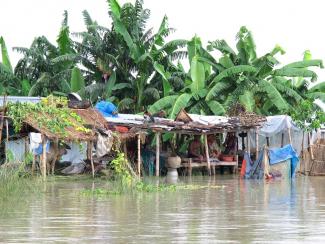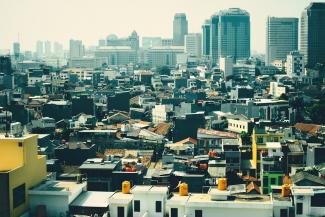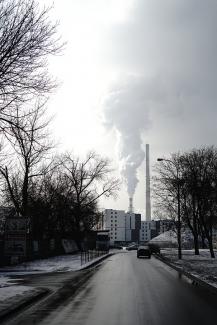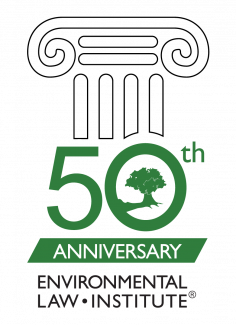Sinking Politics and Climate Migrants: Legal Opportunities for the United States (Part 1)

Countries around the world are slowly sinking and the list of vulnerable communities is only getting longer. According to the International Displacement Monitoring Center, 28 million people in 2018 were displaced from their homes due to regional conflict, violence, and environmental disasters.








